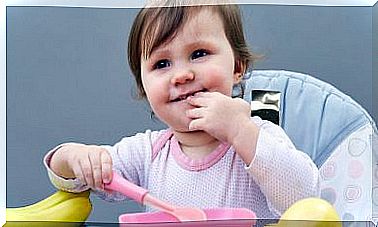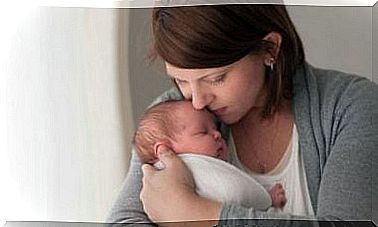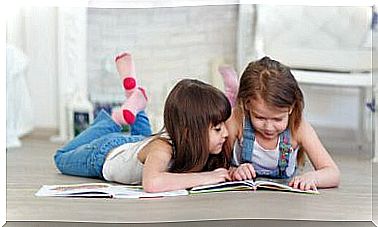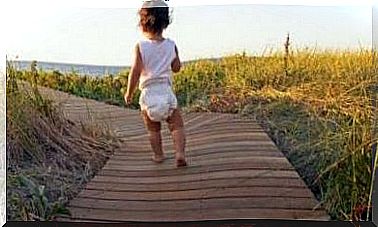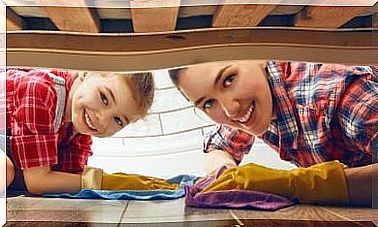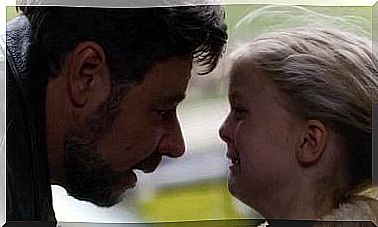To Organize A Classroom According To The Montessori Method
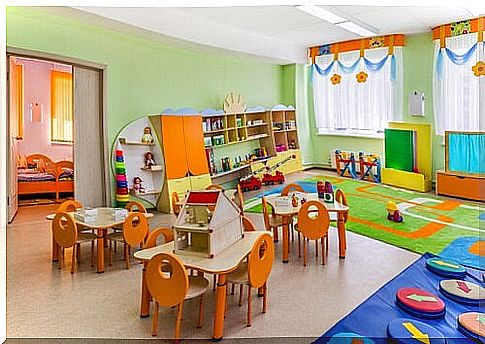
In this article you will find a guide on how to organize a classroom according to the Montessori method.
In Montessori classrooms, children learn how to regulate their own social interactions. To organize a classroom according to this method, the room must be equipped with spaces for children’s play and learning.
These activities should be able to be performed in many different ways: individually or collectively, in small groups, large groups, etc.
All objects in this environment must be adapted to the children’s size and age. This also applies to furniture, shelves, utensils, crockery and teaching materials.
Another special feature when organizing a classroom according to the Montessori method is that there is no focal point.
This means, among other things, that the teacher is not placed in the center of the classroom or in the center of the children’s attention. Instead, everyone is part of the classroom community.
The importance of organization according to the Montessori method
Organization is one of the keys to the Montessori method, which is characterized by promoting children’s development through independence, freedom with boundaries, respect for natural psychology and physical and social development.
Among other traits, the Montessori method’s classrooms are warm, well-organized and welcoming. They have sofas, rugs and flowers that allow children and young people to relax and feel at home.

How to organize a classroom according to the Montessori method
Here are 10 guidelines for organizing a classroom according to the Montessori method:
1. Good lighting
The first element to consider is the lighting. It should be natural, with soft colors and clear spaces. In this way, we create an environment that allows us to perform a focused and relaxed activity.
2. Access to materials
The teaching materials are available on available shelves. This encourages independence when students do their work.
In the Montessori classroom , everything is where it should be. It conveys a sense of harmony and order, which makes students feel comfortable and inspired.
Defined spaces according to the Montessori method
In this type of classroom, there are suitable spaces for group activities and individual activities. There, students can develop and improve their skills.
All spaces are intended for certain purposes in the classroom. There are shelves or tables with a variety of attractive materials.
4. Space dedicated to calm and reflection
One of the important features of a Montessori classroom is that they have a space dedicated to tranquility and reflection.
It is a corner or table with well-chosen elements, like a vase with daisies or a bowl of colorful fish. It is intended as a space where students can perform meditation.
5. Spaces for reading
In Montessori classrooms, there are always spaces for books. These are designed for children to read. In this way, children are encouraged to develop their interest and passion for books.
6. Good design
Another characteristic is that the classrooms are perfectly designed. All teaching materials are available on open and easily accessible shelves. Consequently, the materials are always arranged from the simplest to the most complex.
7. The teacher’s freedom
Because the teacher should not be the center of attention, he or she may be difficult to spot.
The teacher often sits on the floor or at a table. From there, they can observe the children as they work, take notes on their progress, and answer the children’s questions.
8. Pictures on the walls
Montessori classrooms often have pictures from reality hanging on the walls, with the aim of arousing the children’s interest. The pictures should show people, objects or scenes from reality and they should hang at the children’s eye level.

9. The Montessori method advocates smaller furniture
All furniture in the classroom must be adapted to the children’s length, for example the shelves. Then the children can reach the books without the help of the teacher.
The tables and chairs must also be child-sized, so that the children themselves can easily handle them.
10. Living plants
Finally, all Montessori classrooms have live growing indoors. This is another of their special characteristics, as it helps the children to work together with taking care of their surroundings. They can take turns watering the plants, for example.
The Montessori method of organizing training facilities has great advantages and is becoming increasingly popular. Apply some of these changes and then evaluate the results on the small ones.


